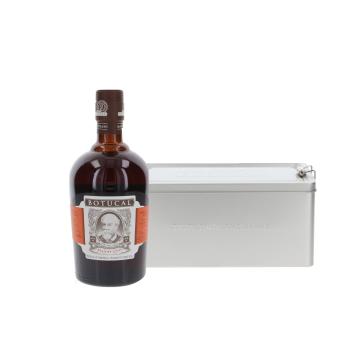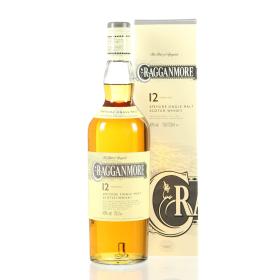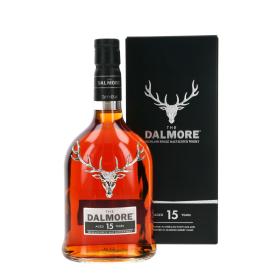A look at the Whisky tradition!
Campbeltown, the capital of the Kintyre peninsula, was once regarded as the "Whisky capital of the world". The remote peninsula between the Scottish mainland and the island of Islay has an eventful and fascinating history dating back to the 18th century. The region in the west of Scotland was a centre of the art of distillation for decades and played a key role in shaping the character of Scotch whisky. The Springbank distillery has always been closely associated with Campbeltown. Find out more about the historical developments and today's heritage of this traditional region.
Emergence of the first distilleries
Campbeltown's roots go back a long way. The foundations for the whisky boom were laid here as early as the 18th century. The geographical location on the water and the mild climate created ideal conditions for the production of whisky. At that time, the local distilleries benefited from the natural resources and the close connection to seafaring, which facilitated trade and quickly made the region famous.
The heyday of the distilleries
Campbeltown reached its peak in the 19th century. Numerous distilleries characterised the image of the region and ensured that the whisky produced there was recognised worldwide.
Famous names of the past:
Names such as Springbank, Glen Scotia and Glengyle (later reactivated as Kilkerran) were among the renowned distilleries. There were also many others, but these were closed in the course of the 20th century. With innovative production methods and a great deal of craftsmanship, an unmistakable character was created that still characterises Campbeltown whisky today. The combination of regional water, high-quality malt and the special terroir ensures that the whiskies from this region not only delight connoisseurs, but also whisky novices.
Success and decline of Whisky production in Campbeltown
Like many success stories, Campbeltown also faced challenges. Economic changes and the development of new markets led to a decline in the number of distilleries. The once thriving region was faced with modern challenges, which led to a significant reduction in traditional production facilities in the decades of the 20th century. With the global economic crisis in the 1930s, many distilleries were forced to close. The number fell abruptly from 20 to 3 and finally to 2. As we know today, only Springbank and Glen Scotia survived.
Despite these setbacks, the cultural and historical heritage of the region remains unbroken - it tells of a time when Campbeltown set the pulse of the whisky world.
The renaissance of Campbeltown Whisky
Recently, Campbeltown has been receiving more attention again. Some distilleries have reopened their doors or have been modernised to meet today's demands.
Current distilleries in Campbeltown
Today, only three distilleries remain, continuing the rich heritage of the region:
- Springbank
One of the most traditional distilleries, renowned for its craftsmanship and unique flavours. Springbank is one of the last three remaining distilleries, although Campbeltown was once home to 34 distilleries. Springbank is unique - it produces three different single malts: the lightly peated Springbank, the unpeated Hazelburn and the heavily peated Longrow. In earlier times, Longrow was its own distillery, but it was forced to close in 1896. Old buildings are still used by Springbank today. - Glen Scotia
Glen Scotia can look back on a long, eventful history. Today it is one of the three active distilleries in Campbeltown. Founded by the Galbraith family in 1832, it remained in family ownership for decades until it was sold to West Highland Malt Distillers in 1919. After further changes of ownership and temporary closures, the distillery is now owned by the private equity firm Exponent. - Glengyle
The Glengyle distillery is one of the three active distilleries in Campbeltown. It was reborn in 2004 and today produces Kilkerran single malt whisky. The name Kilkerran comes from the early Christian settlement of Saint Kerran, on whose land Campbeltown was founded.
Today, the Campbeltown region is an exciting destination for whisky lovers and connoisseurs who want to get to know these distilleries steeped in history.
Conclusion
The history of Campbeltown shows the versatility of the whisky industry. From a former centre of whisky production to its decline and current renaissance, Campbeltown remains an important region for Scotch whisky. The remaining distilleries preserve tradition and quality and continue to make Campbeltown a rewarding destination for whisky lovers.
Visit Campbeltown or sample an authentic Campbeltown whisky - experience history and tradition in every sip!





























To comment, you must be logged in